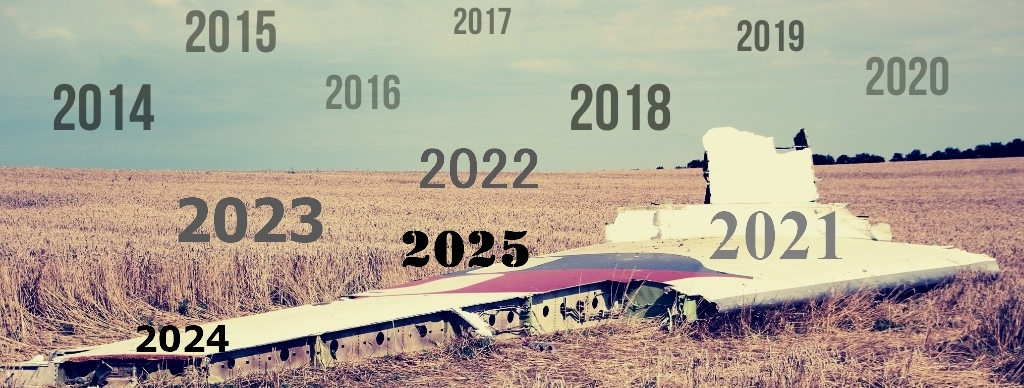120
The AIVD’s security promotion task does not involve conducting independent investigations. The task
focuses on making a contribution to promoting the protection of important and vulnerable parts of
society in the Netherlands. This is done using all the information gathered in investigations that fall
under the security and intelligence task. When performing this task the AIVD can be expected to make
a contribution to eff ectively providing information to Dutch airlines. This comprises two aspects:
• On the one hand, at the AIVD’s initiative: The AIVD is expected to share information that points to
an actual threat to civil aviation abroad, such as shooting down an aircraft, as quickly as possible
with Dutch airlines or the National Coordinator for Security and Counterterrorism (NCTV).
• On the other hand, at the initiative of the Dutch airlines: They can, for example, ask the AIVD for
information related to fl ight routes and airports in foreign countries. The AIVD cannot be expected
to independently assess which information airlines need (except in the event of an actual threat).
The MIVD can also be expected to share information that points to a specifi c threat to civil aviation
abroad as quickly as possible with the NCTV or Dutch airlines. This arises from the general principles
of good governance.How is the formal consultation structure organised between the AIVD and
the MIVD and civil aviation parties with regard to security issues and what
information exchange takes place?The AIVD performs various activities that focus on promoting the security of civil aviation. The MIVD’s
role in this area is more limited due to its military orientation.
The AIVD participates in several consultation structures with which it shares non-classifi ed information
about potential threats.
• Joint consultation with the so-called vital sectors, including civil aviation;
• The Schiphol Security and Public Safety Platform (BPVS);
• Consultation with regional airports.
At the NCTV’s request, the AIVD and the MIVD compile threat analyses for civil aviation (national
airports and arriving and departing air traffi c) that include threat-related information from their
ongoing investigations.
Moreover, the AIVD maintains an extensive network of relationships with the civil aviation sector,
including Dutch airlines. The AIVD provides information from its investigations to the airlines on
a demand-driven basis. The MIVD only maintains contact with KLM. In this relationship, the MIVD
provides information from its investigations on a demand-driven basis.
5 van 38
